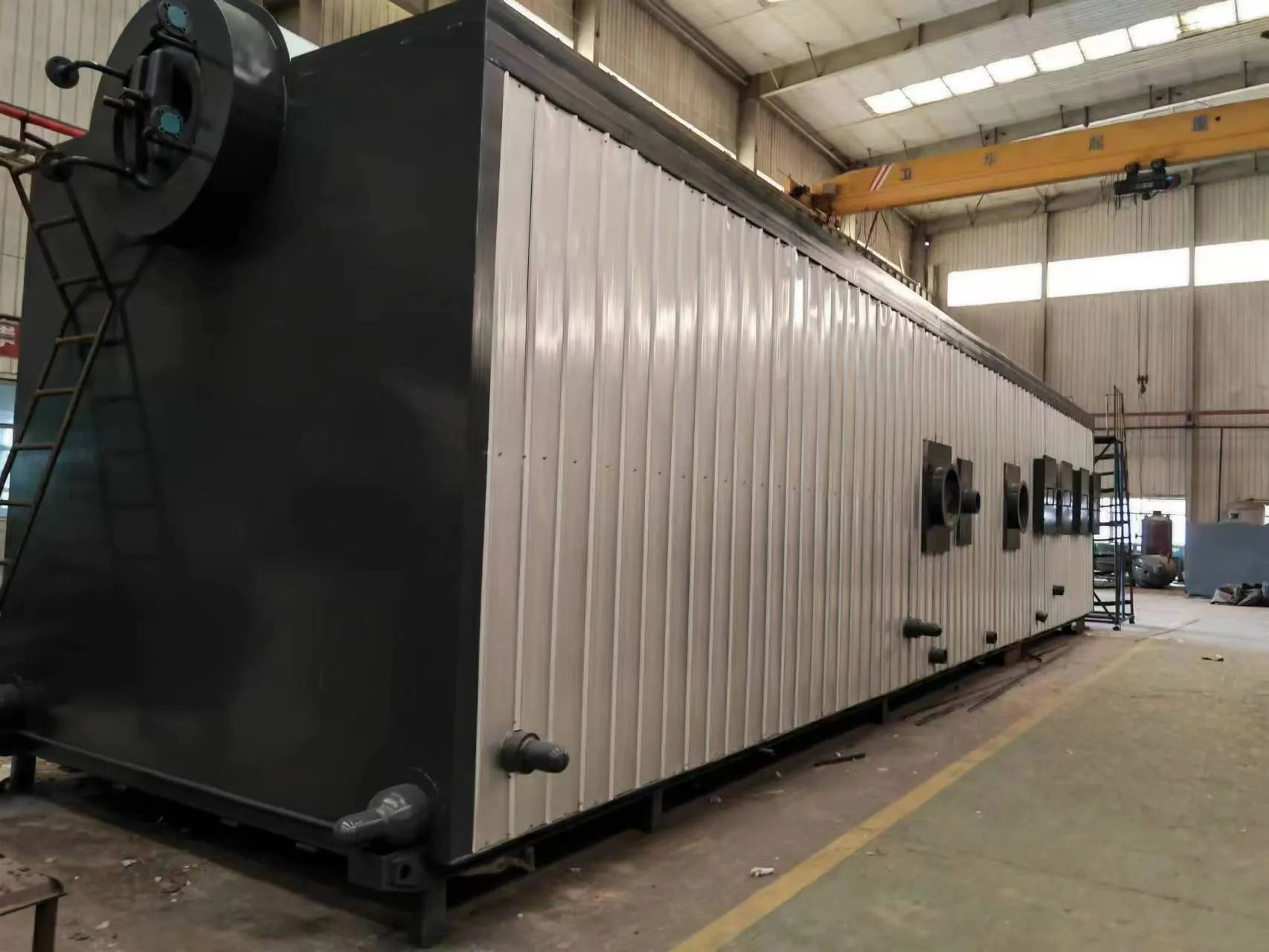Innovative Approaches to Harnessing Waste Heat in Steam Boiler Systems for Enhanced Efficiency
Famous Waste Heat Steam Boilers Harnessing Energy from Exhaust
In the quest for energy efficiency and sustainability, waste heat recovery has emerged as a critical area of interest for industries worldwide. Waste heat steam boilers are at the forefront of this movement, allowing industries to convert waste heat from various processes into useful steam energy. This innovative technology plays a significant role in reducing energy costs, lowering greenhouse gas emissions, and improving overall operational efficiency.
Famous Waste Heat Steam Boilers Harnessing Energy from Exhaust
One of the most famous examples of waste heat steam boilers can be found in the power generation sector. In many combined cycle power plants, natural gas turbines generate electricity but also produce significant amounts of waste heat. This waste heat is captured through a heat recovery steam generator (HRSG), a type of waste heat steam boiler, which converts it into steam. This steam is then used to drive a steam turbine, thereby increasing the overall efficiency of the power plant. Such systems can achieve thermal efficiencies of 60% or more, a remarkable improvement compared to traditional power generation methods.
famous waste heat steam boiler

Moreover, various industries, such as steel manufacturing and cement production, have adopted waste heat steam boiler technology. In these settings, the heat produced during combustion or reactions is captured and converted into steam for on-site applications. For instance, in the steel industry, the recycling of heat from processes such as annealing or quenching can power multiple operations, thereby significantly reducing the reliance on external energy sources.
The benefits of waste heat steam boilers extend beyond economic savings. By capturing and using waste heat, these systems contribute to significant reductions in carbon emissions. The Environmental Protection Agency (EPA) emphasizes the importance of energy efficiency in mitigating climate change, and waste heat recovery technologies play a vital role in this regard. Industries that implement such technologies not only enhance their sustainability profiles but also comply with increasingly stringent environmental regulations aimed at reducing emissions and conserving energy.
Furthermore, advancements in technology have led to the development of more efficient waste heat steam boilers. Innovations such as improved heat exchanger designs, advanced control systems, and materials that withstand higher temperatures have enhanced the performance and reliability of these systems. As a result, industries are more confident in investing in waste heat recovery solutions, as they promise long-term returns both financially and environmentally.
In conclusion, waste heat steam boilers have established themselves as a cornerstone of energy efficiency within various industrial sectors. Their ability to convert waste heat into useful steam not only reduces operational costs but also contributes significantly to environmental sustainability by limiting greenhouse gas emissions. As global energy demands continue to rise and the push for sustainable technologies intensifies, waste heat recovery will play an increasingly prominent role. The future beckons towards a world where industries can operate responsibly while maximizing resource utilization, making waste heat steam boilers an essential technology in the energy landscape.
-
Top Electric Steam Boiler Makers | AI-OptimizedNewsJul.31,2025
-
Top Electric Steam Boiler Manufacturers - High Efficiency SolutionsNewsJul.30,2025
-
Top Electric Steam Boiler Manufacturers – Efficient Industrial SolutionsNewsJul.29,2025
-
Top Electric Steam Boiler Manufacturers | Reliable Industrial SolutionsNewsJul.29,2025
-
OEM Steam Boiler Solutions for Custom Needs | High Efficiency & VersatilityNewsJul.29,2025
-
High-Efficiency Thermal Oil Boiler for Industrial Heating SolutionsNewsJul.29,2025

